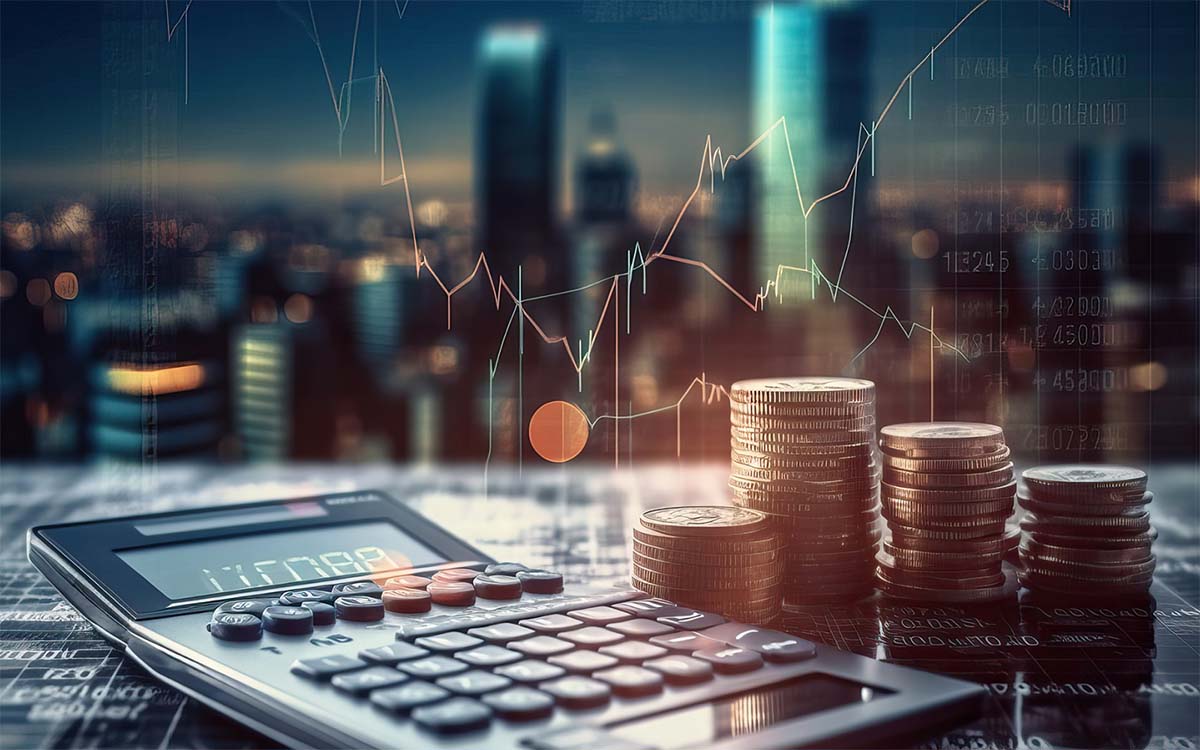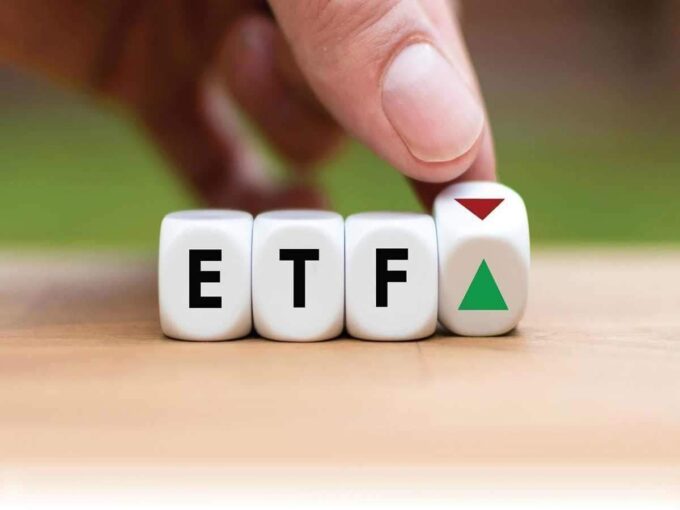While you might think that all investment instruments are essentially the same, it’s simply not the case when it comes to ETFs and futures.
You, as an investor, make the final call on where to put your money, and it’s crucial to understand the key differences between these two popular investment vehicles.
Both offer unique advantages and distinct risks. But how do they differ exactly? And more importantly, how can these differences impact your investment strategy and potential returns?
These questions warrant an in-depth comparison and discussion. So stick around, as we unravel the complexities of ETFs and futures, equipping you with the knowledge to make more informed investment decisions.
Understanding Exchange-Traded Funds (ETFs)
To fully grasp the comparison between ETFs and futures, you first need to understand what an Exchange-Traded Fund (ETF) is in its core functionality and structure. ETFs are investment funds and exchange-traded products, listed and traded on a stock exchange. Essentially, they’re designed to track the performance of a specific index, sector, commodity, or asset like an index fund, but are traded on an exchange like a stock.
Unlike mutual funds, which are priced at the end of the trading day, ETFs are priced and can be traded throughout the day. This provides you with greater flexibility. Furthermore, ETFs typically have lower expense ratios compared to mutual funds, making them a cost-effective choice for long-term investors.
However, it’s crucial to note that while ETFs offer diversification, they don’t guarantee returns. Your investment in an ETF will go up and down with the movement of the underlying index or sector. Also, as is the case with stocks, you’ll need a brokerage account to trade ETFs.
Understanding these aspects of ETFs will allow you to make more informed investment decisions.
Deep Dive Into Futures
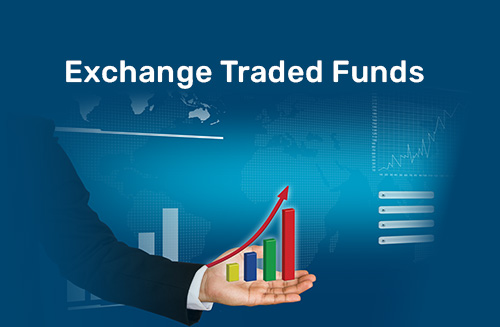
Now that you’ve gained insight into ETFs, let’s shift our focus to futures, a distinct type of financial instrument with its own unique characteristics and advantages.
Futures contracts are essentially agreements to buy or sell a specific asset at a predetermined price on a future date. They’re standardized contracts traded on exchanges and cover a vast range of commodities, currencies, and financial instruments. Unlike ETFs, you’re not purchasing a share in a portfolio but are instead agreeing to a transaction in the future.
One key advantage of futures is the high leverage they offer. By putting up only a fraction of the contract’s value (known as the margin), you can control a large amount of assets. This leverage can amplify potential profits but also increases risk.
Futures also offer more direct exposure to commodity prices than ETFs. If you expect the price of a commodity to rise, you could potentially profit by buying a futures contract. However, futures are complex and require a deep understanding of the markets. They may not be suitable for inexperienced investors.
Always consider your risk tolerance and investment goals before venturing into futures trading.
Key Differences Between ETFs and Futures
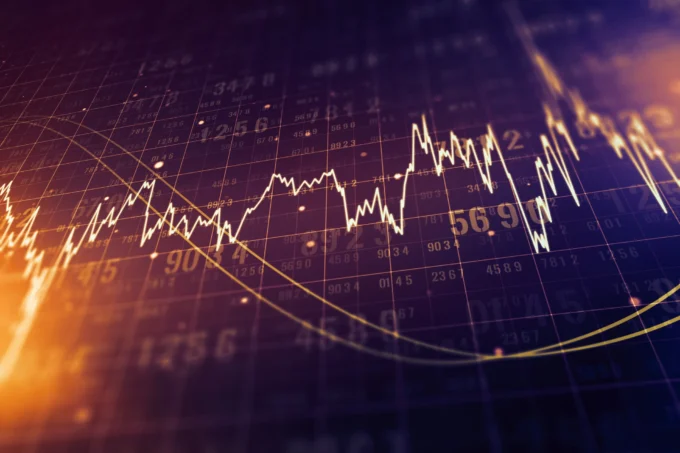
While ETFs and futures each have their unique advantages and risks, it’s essential to delve into the difference between ETF and futures to make well-informed investment decisions. Let’s explore the key distinctions that shape these popular investment vehicles.
- Leverage and Margin Requirements: Futures inherently have a high degree of leverage, meaning you’re controlling a large amount of assets with a relatively small amount of capital. This can amplify both gains and losses. On the other hand, ETFs typically don’t provide this level of leverage.
- Liquidity and Trading Hours: Futures markets are nearly 24/7, offering you more flexibility. They also tend to be highly liquid with narrow bid-ask spreads. In contrast, ETFs trade during regular market hours and liquidity can vary widely depending on the ETF.
- Risk and Diversification: ETFs are generally considered less risky than futures. They’re diversified investment vehicles, spreading risk across a range of assets. Futures contracts, however, are agreements to buy or sell a single asset, which can lead to a concentration of risk.
In essence, your choice between ETFs and futures should depend on your risk tolerance, investment goals, and trading strategy. Remember, understanding these key differences can help you make informed investment decisions.
Risks Associated With ETFs
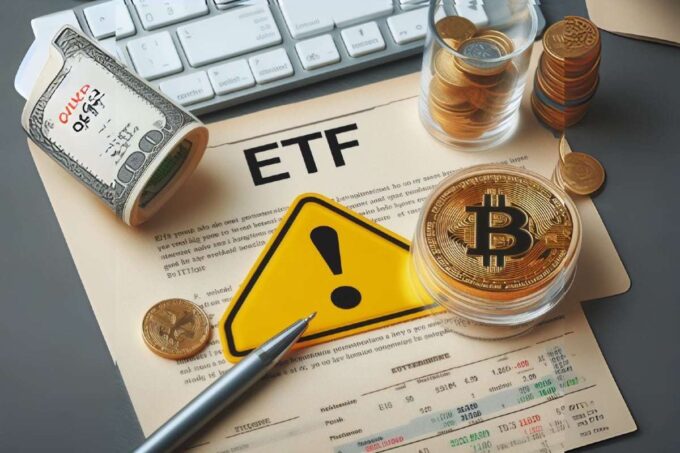
So, what’re the risks you might encounter when investing in ETFs? It’s important to be aware that even though ETFs are generally considered lower risk than futures, they’re not without potential pitfalls.
Firstly, there’s market risk. Like any investment, ETFs are susceptible to the fluctuations of the market. If the stock market takes a tumble, so too will the value of your ETFs. It’s a risk you can’t escape, but it’s one you can mitigate with a diversified portfolio.
There’s also liquidity risk. Some ETFs may not be as readily tradable as others, depending on the underlying assets and the market demand. If you need to sell your ETFs quickly, you mightn’t be able to get the price you want.
Lastly, you’ve got tracking error risk. ETFs aim to imitate the performance of an index, but they don’t always hit the mark. Any difference between the ETF’s performance and the index is called tracking error.
Risks Involved in Trading Futures
Trading futures carries its own set of risks that you need to consider before venturing into this investment avenue.
- Leverage Risk: Futures contracts are highly leveraged, meaning you’re controlling large amounts of commodities for a small initial margin. This leverage can amplify your gains, but it can also magnify your losses. If the market moves against your position, you might end up losing much more than your initial investment.
- Market Volatility: Futures markets can be extremely volatile. Price swings can happen rapidly and without warning, driven by factors such as economic data releases, geopolitical events, or changes in weather patterns (for agricultural commodities).
- Liquidity Risk: Some futures contracts may not be as liquid as others, especially those with longer expiration dates. This could make it difficult for you to exit your position when desired, potentially leading to losses.
Understanding these risks is crucial to successful futures trading. It’s not just about the potential profits, but also about managing potential losses. Thorough research and a well-thought-out trading strategy can help mitigate these risks and increase your chances of success in the futures market.
Potential Returns: ETFs Vs Futures

While understanding the risks associated with futures trading is essential, it’s equally important to consider the potential returns, particularly when comparing them to alternative investment vehicles such as ETFs.
On one hand, futures contracts can provide significant returns due to the leverage they offer. You’re essentially controlling large amounts of commodities or financial instruments for a fraction of their actual cost, potentially multiplying your returns if the market moves in your favor. However, this leverage can also increase your losses if the market goes against your predictions.
To manage these risks and execute trades efficiently, many traders implement a NinjaTrader VPS to automate their strategies. A VPS ensures that your trading algorithms run 24/7 with minimal latency, reducing the risk of missed opportunities due to power outages, internet disruptions, or hardware failures. By hosting NinjaTrader on a high-performance server near major financial exchanges, traders can achieve faster order execution, which is crucial for strategies relying on precision and speed. Whether you’re running custom indicators, automated trading bots, or backtesting strategies, a VPS provides the stability and performance needed to optimize your trading edge.
On the other hand, ETFs tend to offer more stable, albeit generally lower, returns. They’re designed to track specific market indices or sectors, spreading your investment across a diverse range of assets to reduce risk. This diversification can limit your potential losses, but it also caps your potential gains.
Choosing Your Investment Strategy
In determining your investment strategy, it’s crucial to consider your financial goals, risk tolerance, and market knowledge before deciding whether ETFs or futures are the more suitable investment option for you. ETFs, being similar to mutual funds, provide diversification and are generally considered less risky. On the other hand, futures, while potentially offering high returns, carry a higher level of risk.
Here are three key steps to guide your decision-making process:
- Understand your financial goals: Are you aiming for quick gains or building long-term wealth? This will help you decide between the short-term volatility of futures and the slower, steady growth of ETFs.
- Evaluate your risk tolerance: Can you afford to lose your investment? Futures are riskier but may offer higher returns, while ETFs offer more stability and less potential loss.
- Assess your market knowledge: Do you understand market trends and dynamics? Futures require more expertise, while ETFs are easier to understand and manage.


